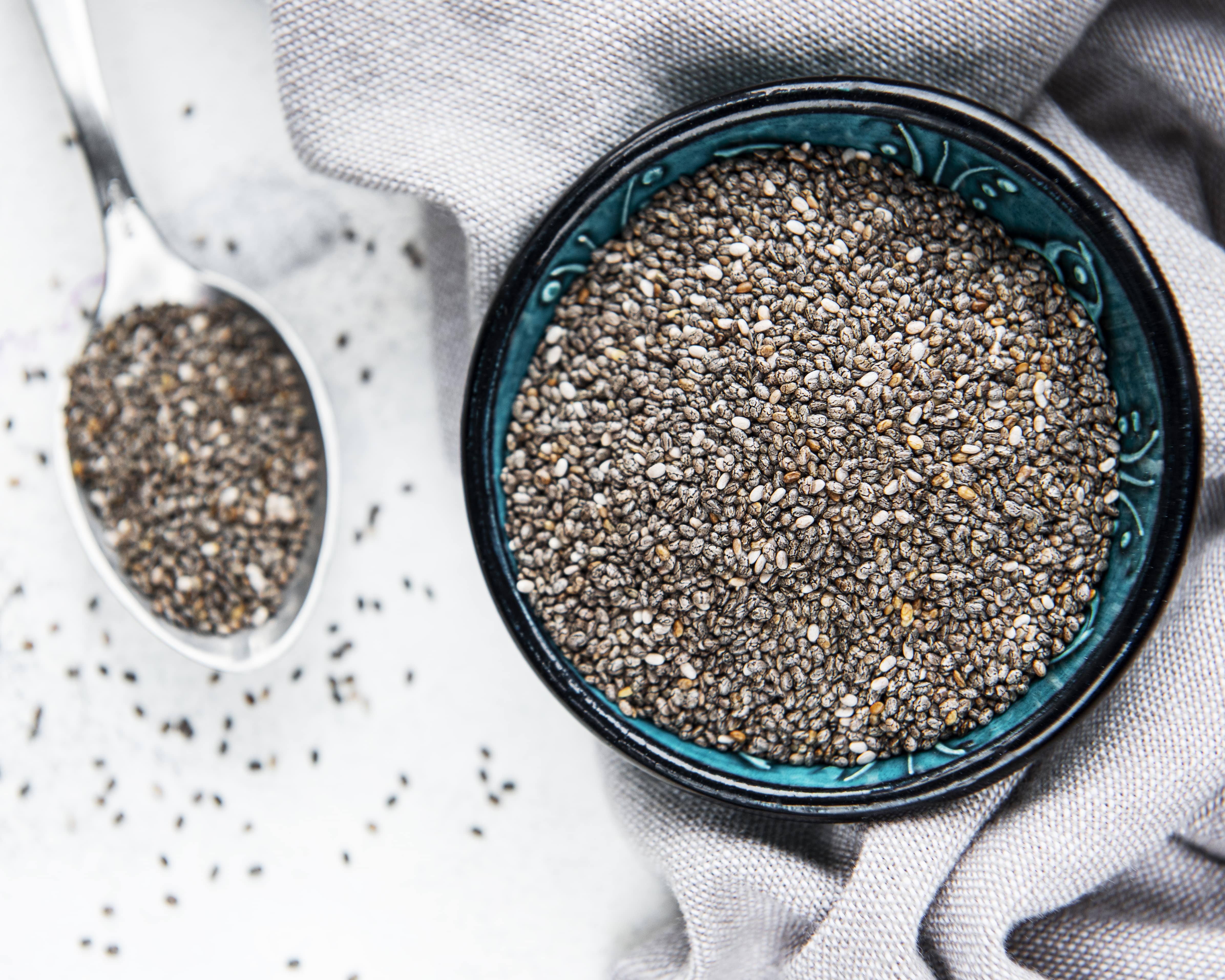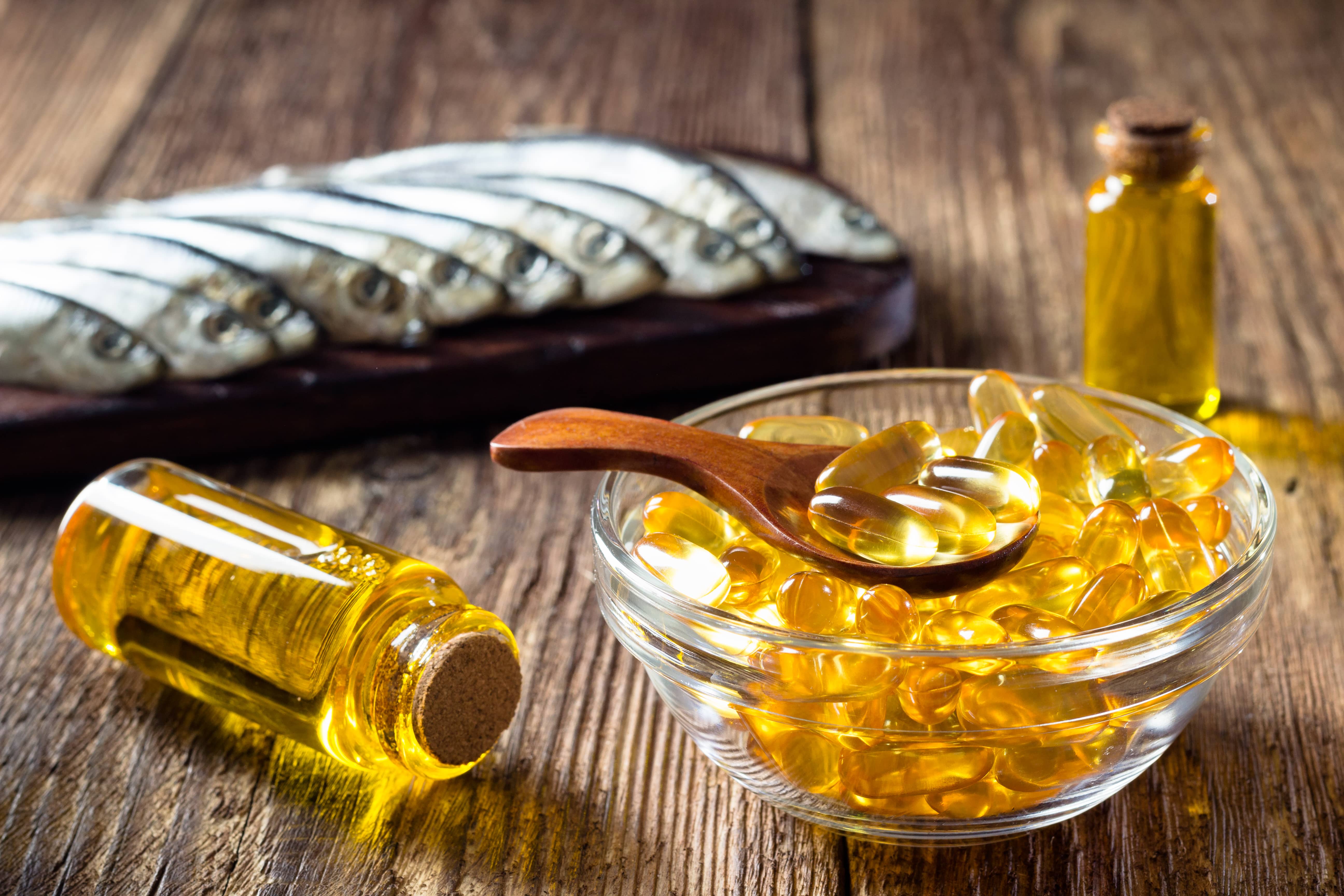Omega-3: The Unsung Hero of Women’s Mood, Mind, and Hormones
Or: How to survive PMS, postpartum blues, and perimenopausal plot twists without biting anyone’s head off.
If I had to pick one supplement that has consistently helped my female clients—from hormone-raging teenagers to sleep-deprived new mums to zen-seeking perimenopause warriors—it would be omega-3 fatty acids.
Not because it’s fashionable (though let’s face it, fish oil is having a moment), but because it works. Over and over again. Backed by science. And confirmed by what I witness in my clinic every single week.
A Mediterranean Love Affair
Let’s start with the basics. Omega-3s—specifically EPA (eicosapentaenoic acid) and DHA (docosahexaenoic acid)—are essential fats. Your body needs them, but can’t make them. You either eat them (hello, sardines!) or supplement.
And yes, they’re a major part of the Mediterranean diet—you know, the one that makes nutritionists swoon. People on this diet have lower inflammation, better heart health, longer life spans… and apparently more joy while cooking tomatoes in olive oil on sunny balconies.
But here’s the thing: when it comes to women’s health, omega-3s are the quiet powerhouse that deserves a lot more spotlight.

Let’s Talk PMS: The Pre-Murderous Spiral
You know the drill.
One moment, you’re a functioning adult with a mild interest in broccoli. The next, you’re sobbing over toothpaste commercials, cursing your partner for breathing too loudly, and questioning your entire life because someone left an empty toilet roll again.
Welcome to PMS.
Studies confirm that omega-3s—especially EPA—reduce the severity of both physical (bloating, cramps, fatigue) and psychological (irritability, mood swings, weepiness) symptoms. In fact, a meta-analysis found a significant reduction in PMS symptoms with omega-3 supplementation compared to placebo.
That’s science saying what we already knew: you’re not crazy. Your hormones just need a little help.
Tip: Aim for around 1 gram of EPA per day, ideally in a high-quality supplement. It takes a few weeks, but suddenly, things don’t feel quite so apocalyptic before your period.

Postpartum: When You Meet Your Baby… and Also Your Dark Side
Postpartum depression. It’s real. It’s raw. And it’s often not about loving your baby or not—it’s about plummeting hormones, sleep deprivation, and a brain crying out for support.
Women lose a huge amount of DHA during pregnancy and breastfeeding (your baby literally steals it from you), leaving your brain in a deficit. Studies show that omega-3, particularly EPA, significantly improves postpartum depressive symptoms.
I’ve seen it. Over and over. Women in my practice who start supplementing with omega-3—especially during postpartum—report feeling less anxious, more emotionally stable, and more able to bond.
It’s not a magic wand, but it’s one of the best tools we have.
Perimenopause: Surprise! Your Inner Teenager Returns
Just when you finally get your life together, perimenopause arrives like a hormonal boomerang. Hot flashes? Check. Sleep gone? Check. Anxiety, rage, existential dread? Double check.
Oh, and that PMS you thought you left behind at 22? It’s back. With a teenage vengeance.
Luckily, omega-3 can help here too. Studies link low omega-3 levels to higher rates of depression and anxiety in perimenopausal women. EPA helps regulate mood, reduce inflammation in the brain, and support neurotransmitters like serotonin and dopamine.
It’s like a warm bath—for your nervous system.

How Omega-3 Works Its Magic
Let’s geek out for a second:
Reduces brain inflammation (which plays a role in mood disorders)
Regulates neurotransmitters like serotonin and dopamine
Supports hormonal balance during PMS, postpartum, and perimenopause
Replenishes fatty acids lost during pregnancy and breastfeeding
Improves cell membrane fluidity, which means your neurons actually work better
In short: omega-3 keeps your brain, nerves, and hormones happier. Period.
Where to Get Your Omega-3s (Besides a Capsule)
Yes, supplements are helpful—but let’s not forget that food is powerful too. If you want to boost your omega-3 intake naturally, here are the top dietary sources:
Best animal-based sources (rich in EPA & DHA):
Sardines – tiny, cheap, and packed with EPA and DHA
Anchovies – small but mighty
Mackerel – flavorful and omega-rich
Wild salmon – classic and delicious
Herring – a favorite in Nordic diets
Trout – freshwater goodness
Just 2–3 servings per week of oily fish can make a significant difference.

Plant-Based Omega-3s: What to Know
Plant sources of omega-3 contain ALA (alpha-linolenic acid), which your body must convert into EPA and DHA. Unfortunately, this conversion is very limited—typically under 10% for EPA and even less for DHA.
Still, including these foods has real benefits, especially for heart and metabolic health.
Top ALA-rich plant sources:
Chia seeds – 1 tablespoon = ~2,400 mg ALA
Ground flaxseeds – 1 tablespoon = ~2,350 mg ALA
Hemp seeds – 1 tablespoon = ~1,000 mg ALA
Walnuts – a handful (28 g) = ~2,500 mg ALA
Perilla seed oil (used in Korean cuisine)
Canola oil – modest amounts
Soybeans & tofu – some omega-3s, especially in traditional diets
Tip: Grind flaxseeds before eating, and soak chia to unlock their benefits and improve digestibility.

For Vegetarians and Vegans: Go Straight to the Source
Since your body’s ALA-to-EPA conversion is low, algae oil is a game-changer.
Algae is the original producer of marine omega-3s—fish get theirs from eating algae, not the other way around. High-quality algae supplements provide DHA and often EPA too. They’re:
100% plant-based
Free from heavy metals or ocean contaminants
Sustainable and widely available
If you’re vegetarian, pregnant, or simply not into fish, algae oil is the best way to ensure you get enough EPA and DHA for brain and hormonal health.

So What’s the Magic Formula?
For most women dealing with mood shifts due to hormonal fluctuations, the clinical sweet spot is about 1 gram of EPA per day.
Watch out: many fish oil capsules contain only 300–500 mg of EPA, so you may need 2–4 capsules daily depending on the brand.
And don’t forget to take it with food—preferably one with some fat, for better absorption.

Why I Recommend It
As a practitioner, I rarely use the word “must-have.” But this is one of those supplements that I suggest over and over again because it works—not just in studies, but in real, everyday lives.
I’ve watched women go from emotional chaos to calm clarity. I’ve seen postpartum mums feel like themselves again. I’ve heard perimenopausal women say, “I actually feel like I can handle life now.”
Omega-3 doesn’t solve everything. But it softens the edges. It creates space in your mind and body so you can breathe again. And for that alone, it’s worth its weight in gold.
Final Takeaway
If you:
Dread the week before your period
Feel like you’ve lost your spark after having a baby
Are riding the hormonal rollercoaster of perimenopause
…then consider omega-3. Specifically, EPA-rich formulas at around 1g/day.
It’s a small, science-backed step toward emotional balance. And a giant leap for your nervous system.
References
Fathizadeh, N., Neisani Samani, L., Mirzaei, M., & Zare, M. (2022). The effect of omega-3 fatty acids on premenstrual syndrome: A meta-analysis. Nutritional Neuroscience, 25(3), 561–571.
Li, D., Liang, H., Tong, Y., & Li, Y. (2022). Association of dietary n-3 polyunsaturated fatty acids intake with depressive symptoms in midlife women. Journal of Affective Disorders, 309, 158–164.
Markhus, M. W., Skotheim, S., Graff, I. E., Frøyland, L., Braarud, H. C., Stormark, K. M., & Malde, M. K. (2013). Low omega-3 index in pregnancy is a possible biological risk factor for postpartum depression. PLOS ONE, 8(7), e67617.